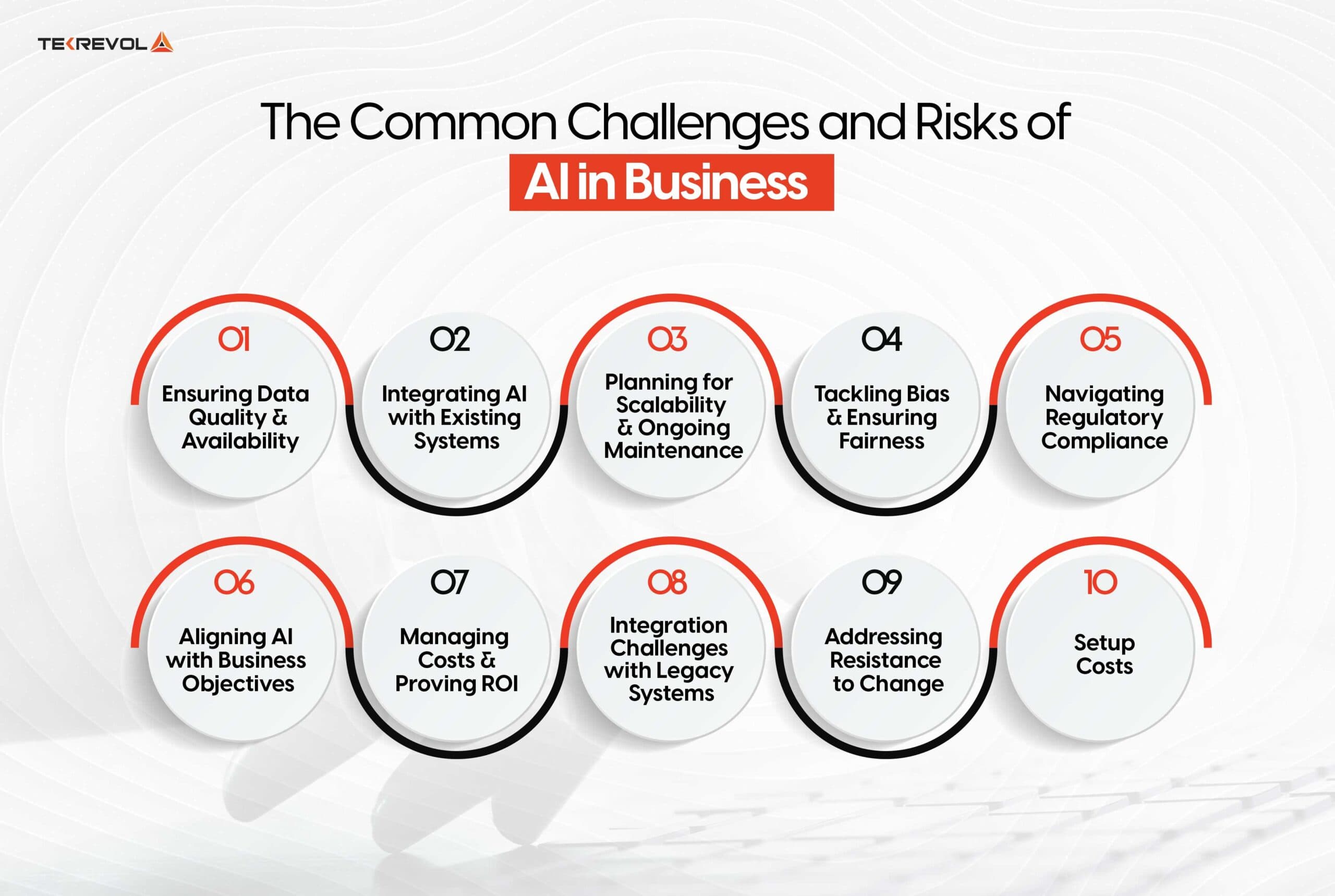95% of Enterprise AI Pilot Programs Fail to Deliver Measurable Impact Amid Extensive Adoption Challenges

Despite widespread enthusiasm and increasing investment, corporate enterprises face a daunting array of obstacles hindering the successful adoption and scaling of Artificial Intelligence (AI) initiatives. A comprehensive list circulating on social media, articulated by Trace Cohen, highlights over 40 distinct barriers, ranging from budgetary constraints to deep-seated cultural resistance. This extensive list underscores why many organizations struggle to translate AI pilot projects into tangible business value.
Recent industry research corroborates the severity of these challenges. While AI adoption has surged—with 72% of organizations now using AI, according to a McKinsey Global Survey in early 2024—a significant portion of projects fail to deliver expected returns. Reports indicate that only about one in four AI initiatives actually achieve their expected ROI, and fewer than 20% are fully scaled across the enterprise. Alarmingly, Appinventiv notes that "95% of AI pilot programs are failing to achieve measurable impact on profits and revenue," pushing many into "pilot purgatory."
Financial and strategic hurdles are prominent among the cited issues. Cohen's list includes "Budget, short-term budget cycles, Capex vs. Opex confusion, ROI uncertainty, and procurement delays." These financial constraints often prevent long-term strategic AI investments, while a lack of clear business alignment can lead to initiatives that are "solutions in search of a problem," as identified by Appinventiv.
Technical complexities further compound the problem. Challenges such as "legacy systems, fragmented data, poor data quality, cloud migration limits, and integration complexity" are frequently encountered. AI systems are only as effective as the data they are trained on, and integrating new AI models with outdated infrastructure proves technically daunting and costly for many large organizations.
Perhaps the most pervasive barriers are human and organizational. Cohen points to "skills gap, lack of internal ML and data expertise, change aversion in leadership, slow workforce upskilling, executive ego, internal politics, job protection fears, and cultural inertia." These human factors often lead to organizational resistance, where employees and management struggle to adapt to new workflows and trust AI-driven decisions, a critical change management issue highlighted by Stack-AI.
Addressing these multifaceted challenges requires a strategic, holistic approach encompassing robust governance, significant investment in talent development, and a clear alignment of AI initiatives with core business objectives. As companies navigate this complex landscape, overcoming these numerous hurdles will be crucial for realizing AI's transformative potential.